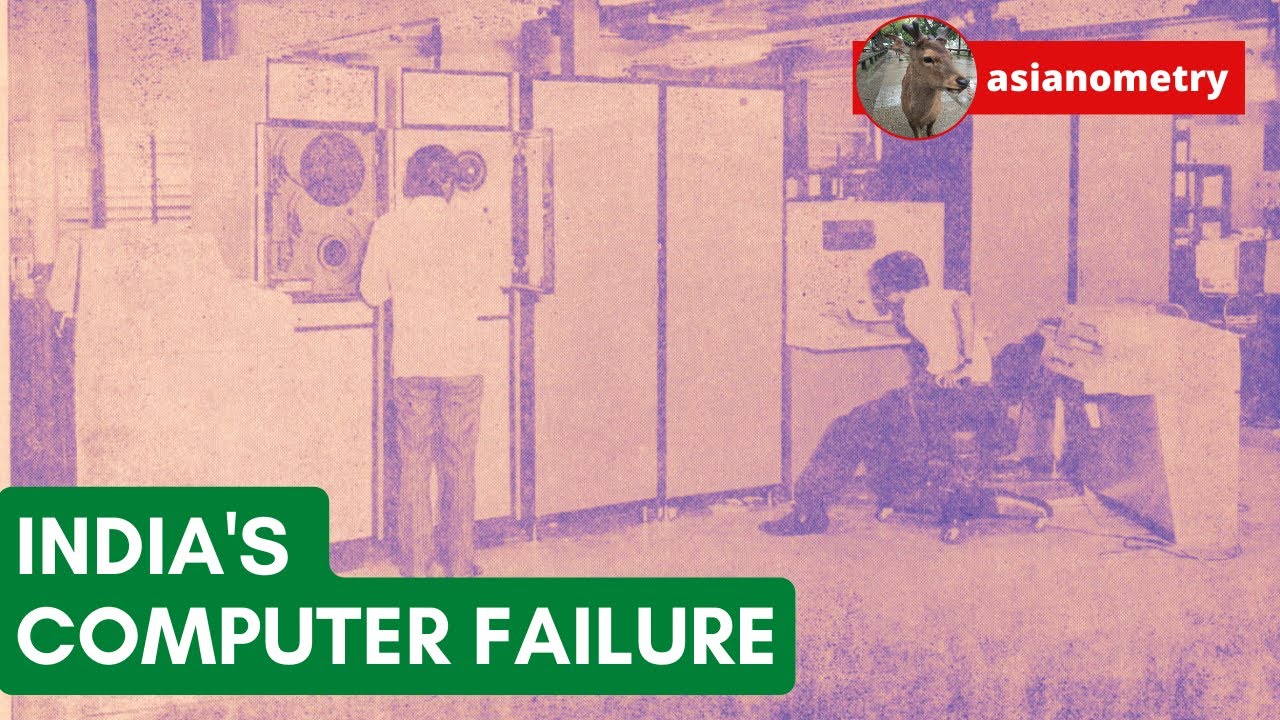In the 1960s and 1970s, the government of India decided that computerisation was essential to the development of its economy, and that this process must be carefully “managed” to avoid displacing jobs which might be at risk of automation. Being good socialists, they judged that a nation-wide monopoly, steered by bureaucrats and academic “experts”, protected by stiff and often prohibitive import tariffs and licensing requirements, and mandated to adopt full vertical integration, producing all components and peripheral equipment domestically, was the best way to achieve their goals.
You can imagine what happened. The computer industry was already globalised toward the end of the 1960s, and a go-it-alone policy condemned the domestic products to lag far behind the world market while costing much more due to being produced in such small numbers. Software was primitive, and there was little consideration of upward compatibility, meaning users had to reprogram their applications every time they updated their computer installations.
In 1973, the “experts” drove another stake into their country’s economy and technological capability by passing a law that mandated that foreign computer manufacturers must sell through an Indian subsidiary of which the parent company could own a maximum of 40%. Faced with this, in 1977, IBM decided to pull out of India entirely, preferring to forfeit their large market share in the country rather than hand over the keys to the looters.
The crumbling decline continued, until in 1984 some sanity began to return and duty-free importation of inexpensive computers was permitted. Almost immediately, the market size doubled and prices fell by 50%.
